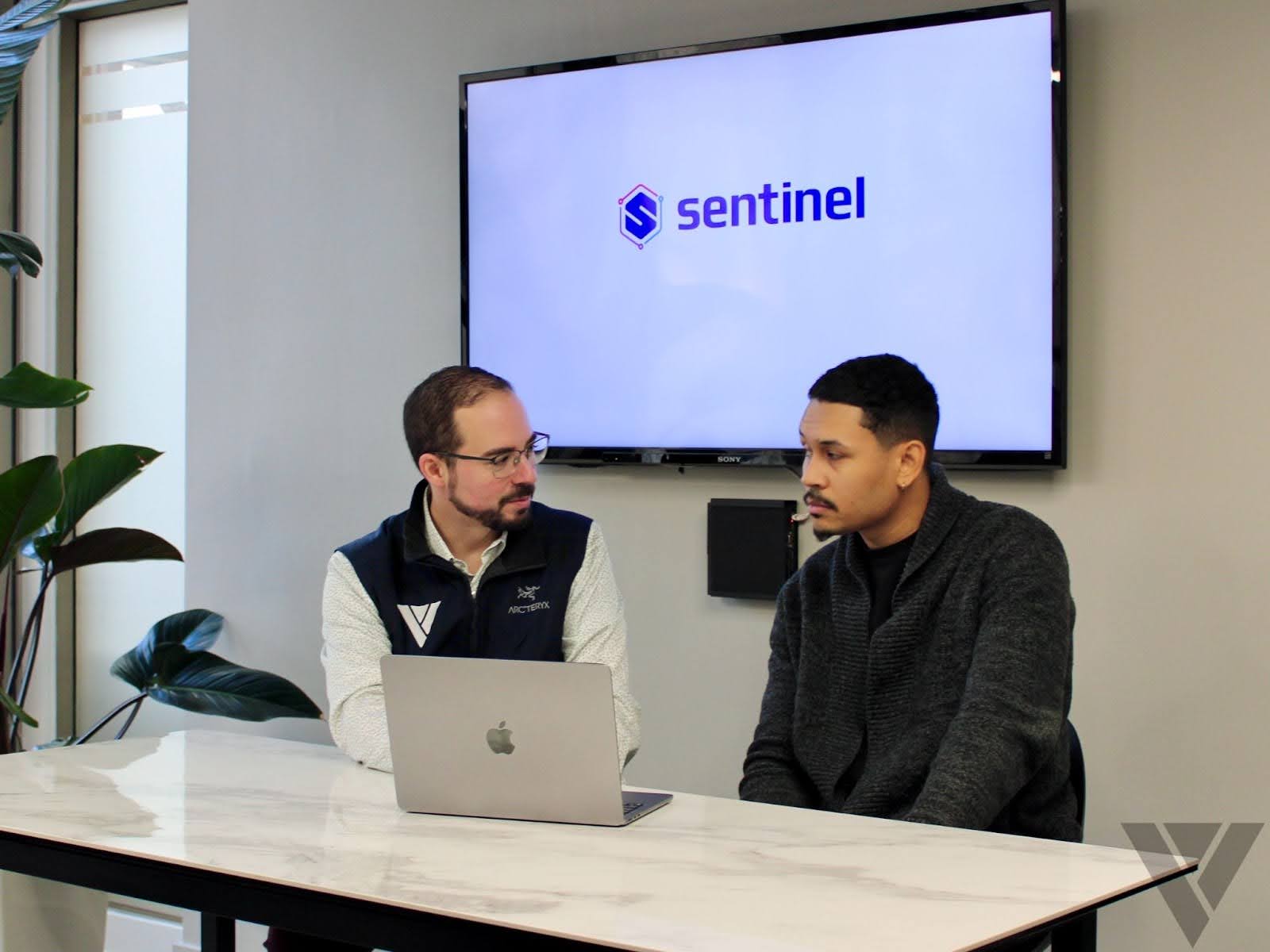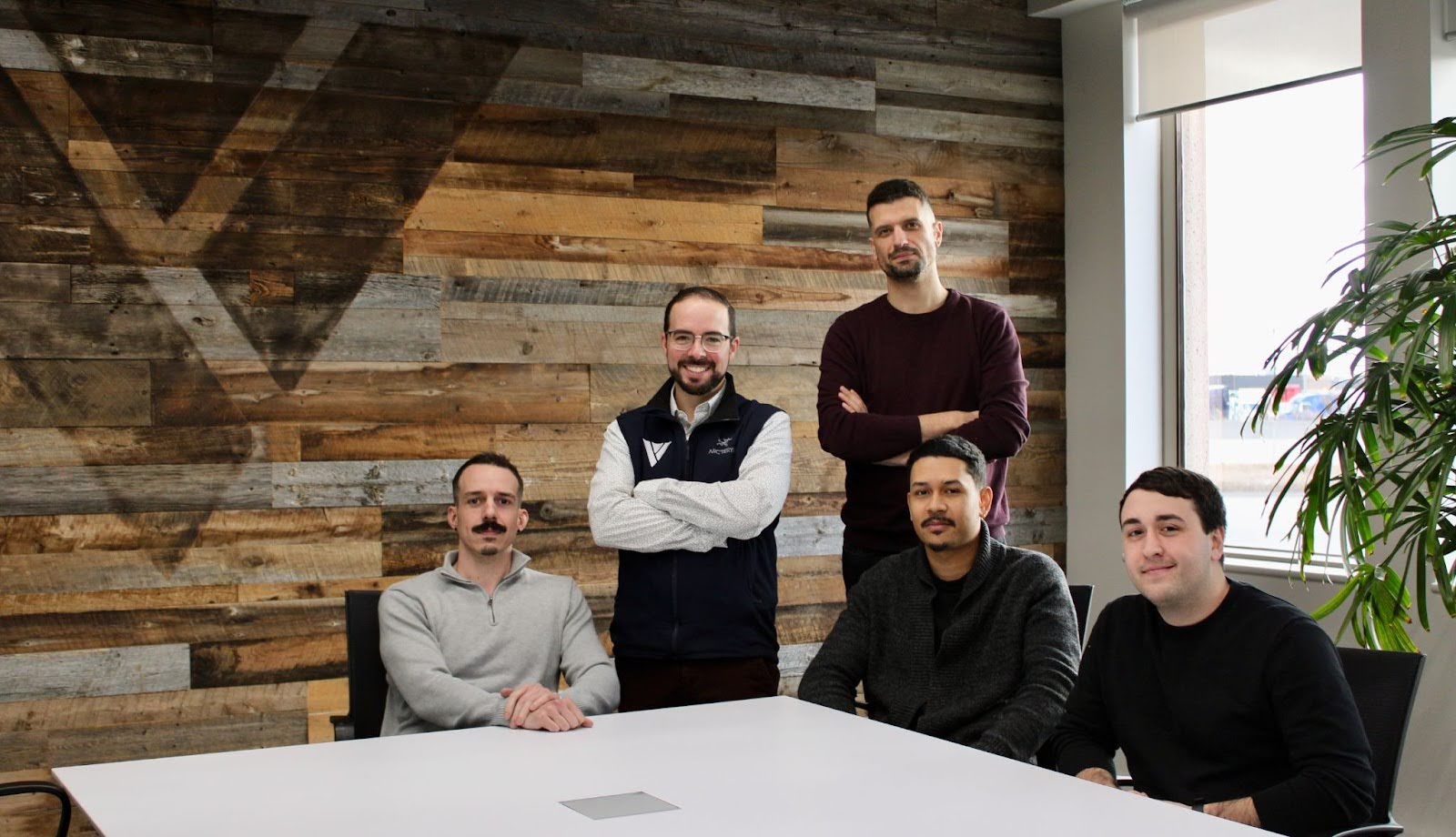
At the beginning of 2024, our team at Valnet decided to invest in our own reporting product. We had already built a platform that aggregated and presented data from our most important analytics sources but this was the first time that we decided to be the actual source of our own data. I could say that it was the clearest and most valuable decision we could make at the time, but that wouldn’t quite speak to the challenges that led to our Sentinel product as a solution.
“Why are the numbers so different?”
The first time I opened the Google Analytics 4 interface, I knew we were in for a bit of a disruption. Not the good kind that changes your business for the better, but the kind that was imposed by external forces for what appeared to be no valuable gain. Sitting down with our department leads for walkthroughs didn’t go any better; beyond the clear pain point of a different UI and significant changes to the data model, it didn’t seem like any of the decisions that the GA4 team were making were in favour of larger publishing networks such as ours with 25+ owned and operated brands.
There was also now a looming deadline that would cripple our reporting infrastructure if we didn’t start the integration soon. We ran our research in parallel with our initial integration. When the staging site we set up to present the new GA4 data via API would hit a blocker, we would use the bad data we had received to reverse engineer and diagnose what they had changed (their documentation at the time was too incomplete and vague to really rely on). We pretty quickly established some primary challenges that we would face in order to get it all working:
- Data freshness and the inability to receive accurate, live data
- Heavy sampling and cardinality at basically any date range for the volume of pages we track
- Separately, the change to how custom reports now worked would slow down the operations’ team ability to produce their own ad-hoc reports and would put that burden on the technical teams

“We can’t afford to wait until this migration happens at us.”
It was clear we had to make some big moves to address these challenges. To their credit, Google was receptive to our request for support and assigned us with a consultant and some funding to build us a BigQuery (BQ) solution that bridged some of the gaps. Through BQ, we were able to largely address the cardinality issues (a word that by now everyone at Valnet is thoroughly familiar with). We used Google’s Looker Studio to empower the brands to quickly pull and present their own data with some accuracy — provided they were conservative with how much they were presenting.
This left us with the remaining challenges of the live data and the fact that the previous day’s data in BQ was not ready for ingestion early enough in the day to populate our daily reports. We decided to pull 4x a day to make sure we were getting fresh data as early as possible and updating gaps throughout the day. Perhaps obviously, this created a new challenge — we were quickly racking up budget-busting amounts of data processing costs. We were paying more money, investing more technical resources, and delaying critical projects in order to end up in a place that was decidedly worse than our status quo.
“At what point does it just make more sense to do it ourselves?”
Sentinel already existed in some form, we had a small module on our websites that was responsible for tracking pages that performed well in the very short-term in order to fill our recirculation widgets. That small module was quickly repurposed into a prototype for what we would eventually transform into the Sentinel Business Intelligence app. In the span of two weeks, we had a working live dashboard for all our brands up on the office televisions that has been proudly displaying our progress ever since.

“This is great, but we can’t live on our own little reporting island.”
While Sentinel has given us the freedom to choose what to measure and how we define metrics, Valnet still uses GA4. As the industry standard, Google Analytics still needs to continue to be ingested into our reporting platform to use as a point of comparison to the rest of the world, and we want to make sure we’re competitive and on the right track. After all, we’re still continuing to improve and develop Sentinel every day.
We may never ‘finish’ Sentinel, but we’ve gotten to the point where we’re able to focus our reporting investment on our own custom solutions with more intention. Sentinel will continue to provide significant and growing business value for Valnet that will adapt, shift, and pivot as we do.